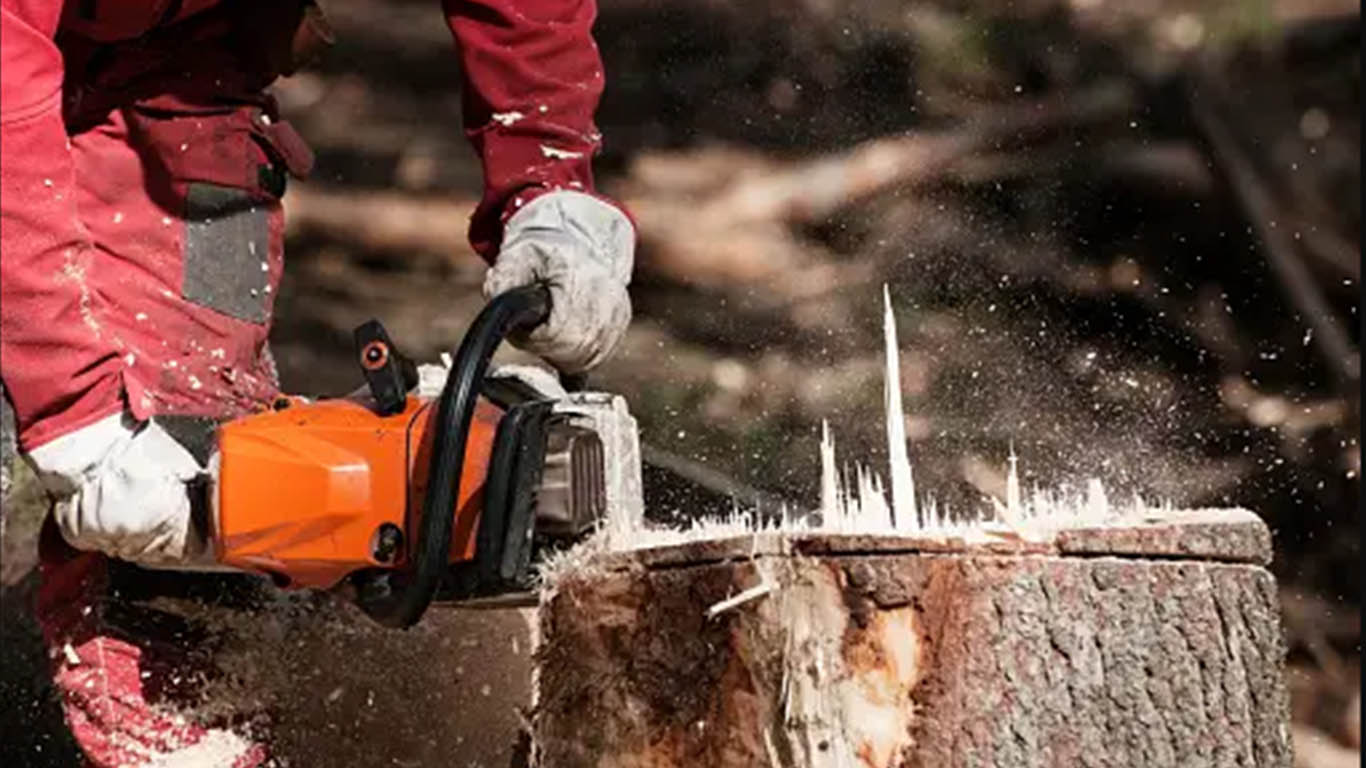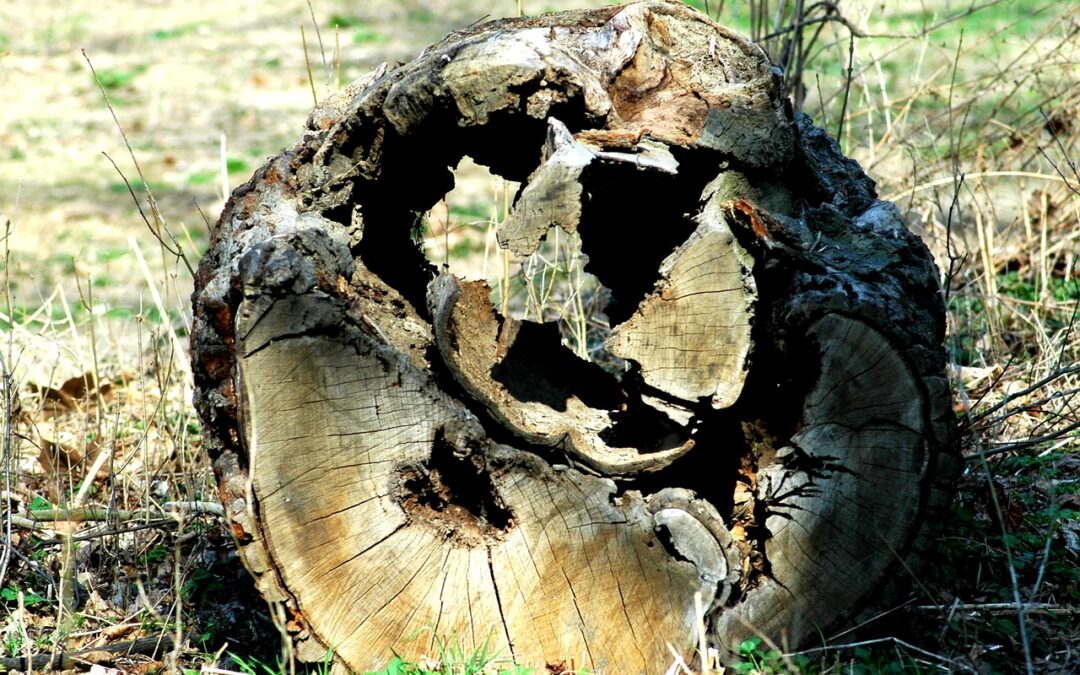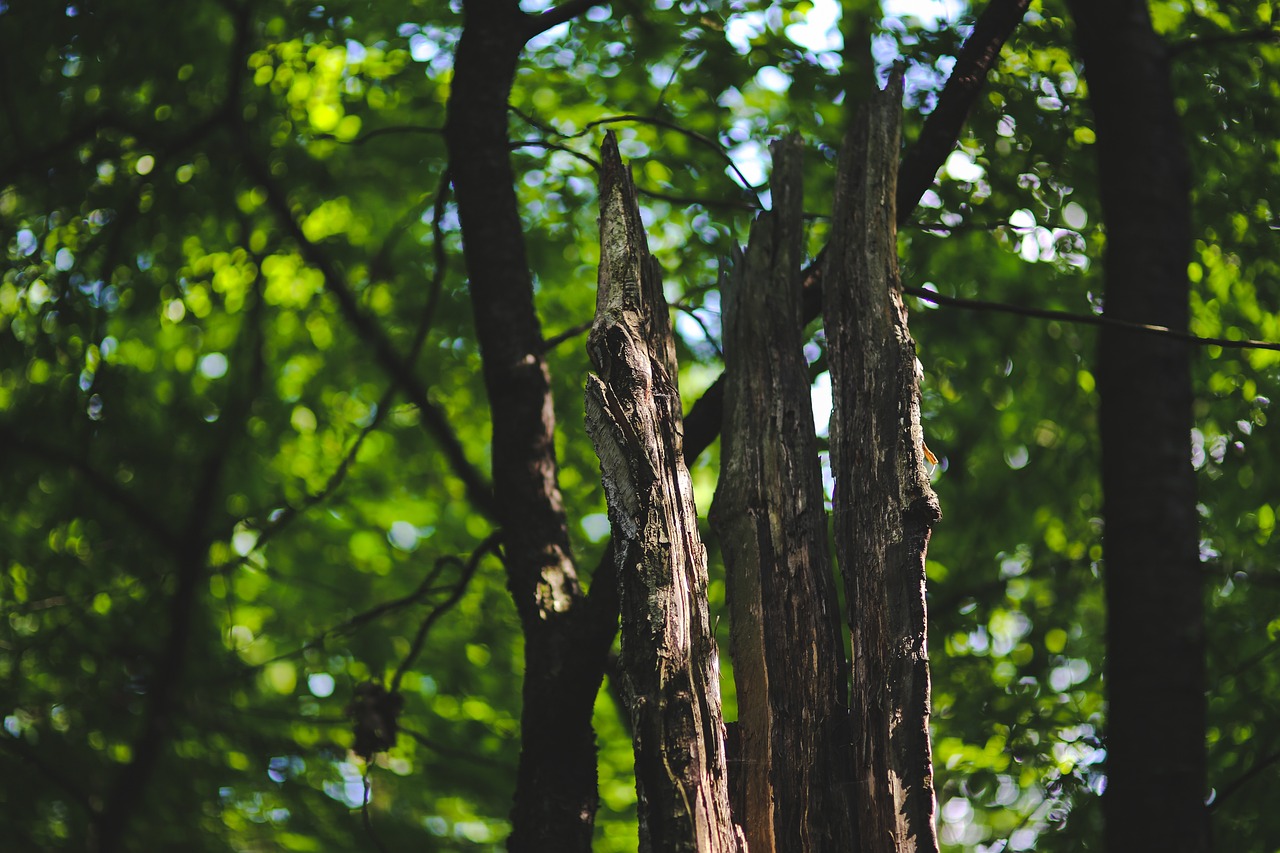Tree Removal Services in Beaverton Oregon

When it comes to maintaining the beauty and safety of your property in Beaverton, Oregon, tree removal is a service that may become necessary at some point. Whether you’re dealing with a hazardous tree or simply want to clear space for new landscaping, understanding the process and costs associated with tree removal is crucial.
Dealing with Tree Root Removal in Beaverton, Oregon
Tree removal isn’t just about cutting down a tree; it often involves dealing with tree roots as well. In Beaverton, Oregon, where trees can have extensive root systems, addressing this aspect is essential. Roots can infiltrate foundations, damage underground utilities, or become a tripping hazard in your yard. Here’s what you need to know about tree root removal in Beaverton:
- Assessment and Planning: Before any tree removal work begins, a professional arborist will assess the tree and its root system. They’ll determine the best approach for removal, taking into consideration the tree’s size, location, and potential impact on nearby structures.
- Root Pruning: In some cases, rather than complete removal, root pruning may be a viable option. This involves selectively cutting and removing specific roots to mitigate potential damage while allowing the tree to remain in place. Root pruning requires skill and precision to ensure the tree’s health.
- Stump Removal: Once the tree is removed, the stump and remaining roots often need attention. Stump grinding is a common method used to remove the stump and grind down the larger roots below the surface, allowing for smooth landscaping or replanting.
Factors Influencing Costs in Beaverton, OR
Tree removal expenses can fluctuate due to several key factors:
- Tree Size and Type: Larger or denser trees with extensive root systems often incur higher removal costs.
- Location: Trees near structures or power lines necessitate careful removal, potentially increasing expenses.
- Complexity: The removal’s intricacy, encompassing root extraction, stump grinding, and debris cleanup, can impact overall costs.
- Permits and Regulations: Compliance with local regulations and tree preservation ordinances may necessitate permits or approvals, contributing to the expense.
- Accessibility: Easily accessible trees generally incur lower costs, while hard-to-reach trees may require specialized equipment, raising expenses.
- Additional Services: Opting for extras like stump removal or root pruning will augment the overall project cost.
- Obtaining quotes from multiple reputable tree removal firms in Beaverton, Oregon, is crucial. This empowers you to assess both pricing and services comprehensively, facilitating an informed decision.
Tree removal, particularly concerning tree roots, holds significant importance for property upkeep in Beaverton, Oregon. Profound comprehension of the process and cost-influencing factors enables you to make a judicious decision when the need for tree removal arises. Collaborate with experienced and certified professionals to guarantee secure and efficient tree removal services in Beaverton.





